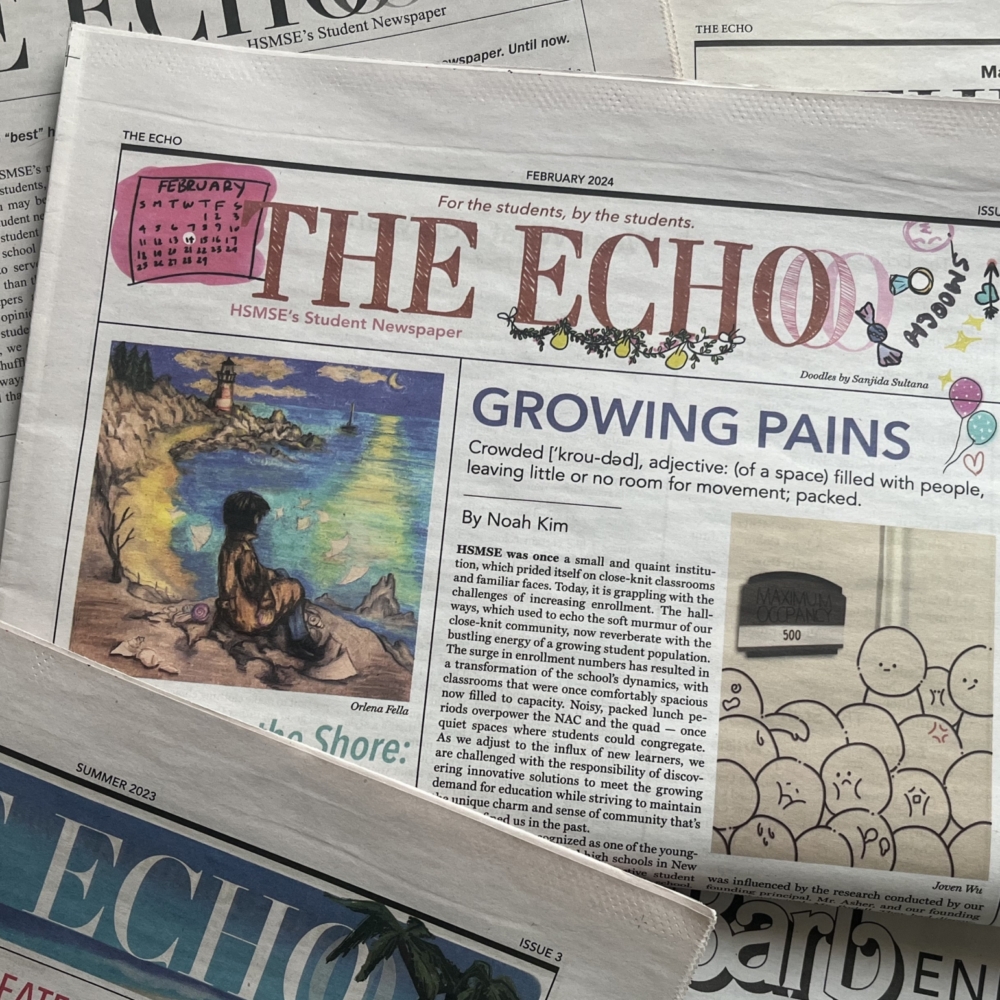News Articles Things To Know Before You Get This
News Articles Things To Know Before You Get This
Blog Article
The Basic Principles Of News Articles
Table of ContentsNews Articles Things To Know Before You Get ThisUnknown Facts About News ArticlesThe Basic Principles Of News Articles What Does News Articles Mean?What Does News Articles Mean?
Excellent expertise of various topics gives trainees a competitive edge over their peers. Despite the fact that electronic and social media sites are readily available, we should not forget exactly how vital it is to check out the newspapers. Parents should try and inculcate the practice of checking out a newspaper as a day-to-day routine to proceed the heritage of the adored print tool.News stories likewise include at least one of the adhering to essential characteristics loved one to the intended audience: proximity, importance, timeliness, human interest, curiosity, or effect.
Within these restrictions, news stories also intend to be thorough. Nevertheless, various other aspects are entailed, some stylistic and some originated from the media kind. Amongst the bigger and a lot more highly regarded papers, justness and equilibrium is a significant variable in offering info. Commentary is typically restricted to a separate area, though each paper might have a various general slant.
Newspapers with an international target market, for example, often tend to utilize an extra formal design of creating. News Articles.; typical design guides consist of the and the US Information Design Book.
The Ultimate Guide To News Articles
As a rule, journalists will certainly not utilize a lengthy word when a brief one will do. They use subject-verb-object building and brilliant, energetic prose (see Grammar). They supply anecdotes, examples and metaphors, and they rarely depend upon generalizations or abstract ideas. News writers attempt to stay clear of using the same word more than as soon as in a paragraph (in some cases called an "resemble" or "word mirror").
Nevertheless, headlines sometimes omit the topic (e.g., "Leaps From Boat, Catches in Wheel") or verb (e.g., "Cat woman fortunate"). A subhead (additionally subhed, sub-headline, subheading, caption, deck or dek) can be either a secondary title under the primary headline, or the heading of a subsection of the write-up. It is a heading that comes before the primary text, or a team of paragraphs of the primary text.

Added billboards of any of these kinds might appear later on in the article (specifically on succeeding web pages) to lure more analysis. Such signboards are also utilized as tips to the write-up in various other sections of the magazine or site, or as ads for the piece in other publication or websites. Typical structure with title, lead paragraph (recap in bold), various other paragraphs (details) and call details.

Example of a look at this site hard-lead paragraph NASA is suggesting one more area project. The spending plan demands about $10 billion for the task.
An "off-lead" is the second most crucial front page news of the day. To "bury the lead" is to start the article with history information or details of second value to the viewers, requiring them to review even more deeply into a write-up than they should have to in order to uncover the important factors.
The Buzz on News Articles
Usual use is that one or more sentences each develop their very own paragraph. Journalists try this out typically explain the company or framework of a news tale as an upside down pyramid. The essential and most interesting components of a story are put at the beginning, with supporting info following in order of lessening importance.
It allows people to explore a topic to just the deepness that their inquisitiveness takes them, and without the charge of information or subtleties that they might consider unimportant, yet still making that details offered to more interested readers. The upside down pyramid framework likewise allows write-ups to be trimmed to any type of approximate size throughout format, to suit the area available.
Some writers start check my site their stories with the "1-2-3 lead", yet there are many type of lead readily available. This layout inevitably starts with a "5 Ws" opening paragraph (as described above), followed by an indirect quote that serves to sustain a major aspect of the very first paragraph, and after that a straight quote to sustain the indirect quote. [] A twist can refer to several things: The last tale in the news program; a "delighted" story to end the program.
Longer short articles, such as magazine cover write-ups and the pieces that lead the within areas of a paper, are understood as. Function tales differ from straight information in numerous means.
The 7-Minute Rule for News Articles
The journalist often information interactions with interview subjects, making the item extra personal. A function's very first paragraphs often relate an interesting minute or event, as in an "unscientific lead". From the particulars of an individual or episode, its view rapidly expands to generalizations about the tale's topic. The section that signals what a feature is around is called the or signboard.

The Editor's Tool kit: A Referral Guide for Beginners and Professionals (2001) Allan M. Siegal and William G. Connolly. The New York Times Handbook of Style and Use: The Authorities Design Overview Used by the Writers and Editors of the World's Most Reliable Newspaper (2002) M. L. Stein, Susan Paterno, and R.
Report this page